A moment and an opportunity
- benpawlowski
- Sep 22, 2023
- 5 min read
What do you know about Paraguay?
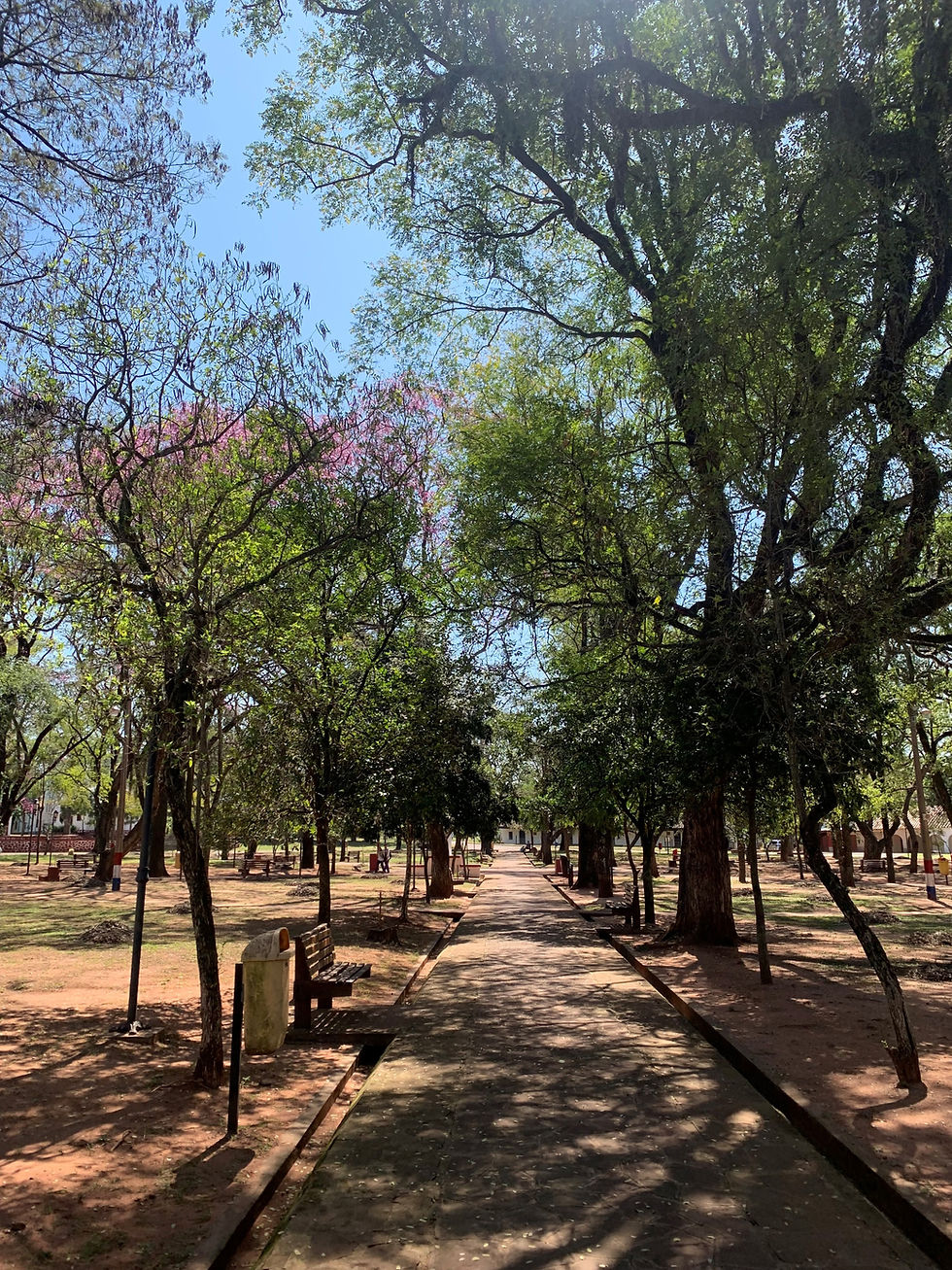
If I asked you the same question about a different country on the South American continent – perhaps Brazil or Colombia – you may come up with a fairly developed answer. But Paraguay?
For those who know their geography, you might note that the country is, along with bordering Bolivia, landlocked. For any history buffs, Paraguay may ignite thoughts of Alfredo Stroessner, the army officer whose coup d’état led to a far-right dictatorship of some 35 years. Meanwhile, those with an interest in football may think of Miggy Almirón or, more nostalgically, Roque Santa Cruz.
But beyond that? Beyond the snippets of knowledge, the faint murmurings of detail? Beyond the presumptions of a South America that holds a profound position in the popular imagination? Asking, simply, what does it mean to be a Paraguayan, to hold a certain sense of paraguayidad, a raison d’être in these unknown lands, and how is that experienced politically, linguistically, gastronomically, and culturally?
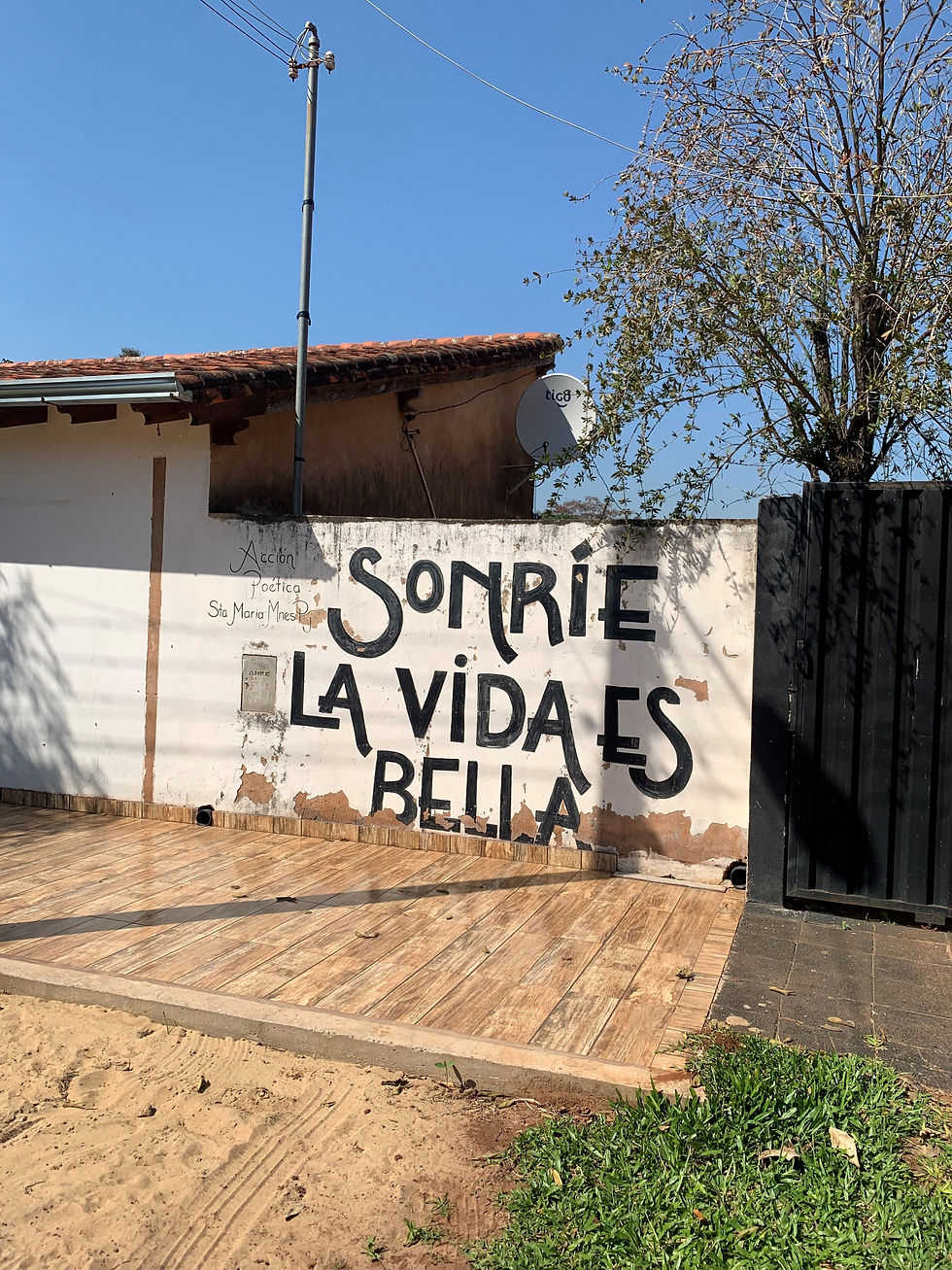
I suspect you haven’t got a clue. That lack of knowledge was a feeling I certainly felt when, just over six weeks ago, I stumbled through Silvio Pettirossi International Airport in Asuncion, the country’s capital, and the gateway to my new home for the next four months.
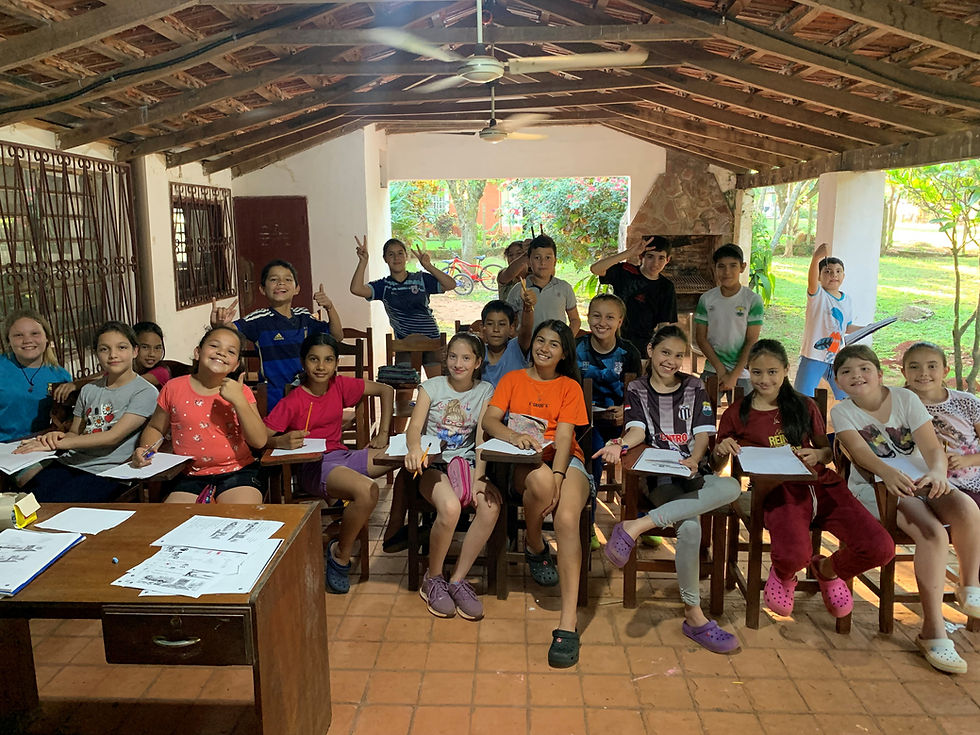
That home is the remote village of Santa María de Fe, a former Jesuit reduction found deep in the campos (countryside) with a population that would struggle to compete with lower league footballing attendances. A small community centered on farming, the village is home to a plaza full of wild monkeys, a handful of shops, a tiny medical centre, and an English institute.
That very English institute, run by the Santa María Education Fund, is my new office as part of my university year abroad. The latest in a procession of volunteers, my role is to teach the English language to the people of Santa María and the wider area of Misiones. Joined at the institute by Alice and Sarah, two former volunteers who have now made Paraguay their home, and Peter, an adventurous character with a deep Colorado twang, we form a four-person teaching team intent on providing opportunities to Paraguay's poor where a faltering state fails.
A true step into the unknown.
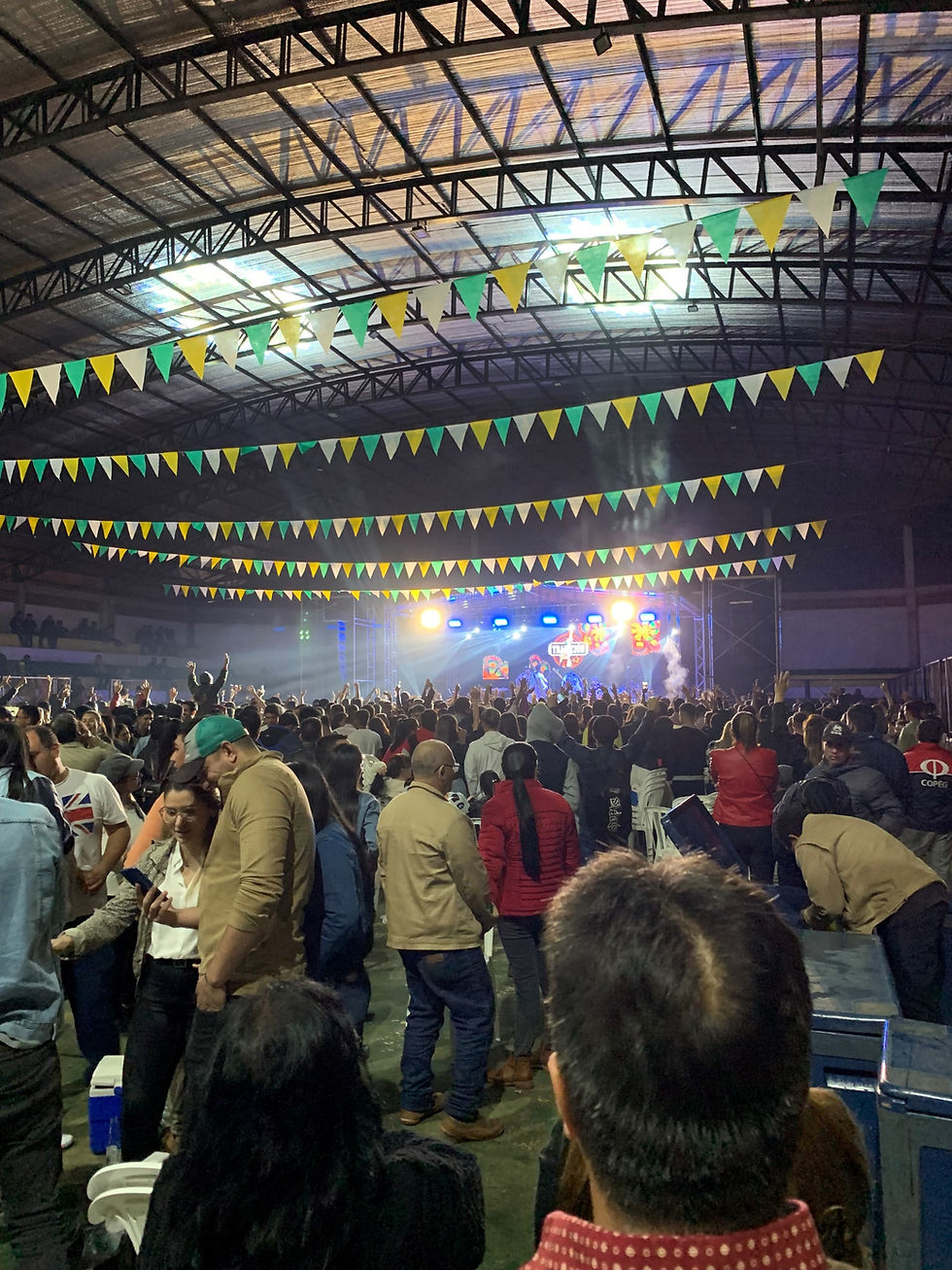
Rewind six weeks and after thirty-two-hours worth of flights, taxis, buses, and lifts, I was at last on the sixth and final leg of my gruelling journey across the world. Slumped in the backseat of a 4x4 having been picked up by Alice and her native boyfriend, Hugo, I was holding a stylistic, quirky, and curious little wooden cup (known as a guampa), within which there was a thin, ice-cold metal straw (bombilla) and a liquidy, herbal concoction. I sipped until the greenery dried out, whereby Hugo poured more water into the cup, and the herbal mix came back to life.
This was tereré, Paraguay’s national drink and, in a literal and figurative sense, my first taste of Paraguay. A humble drink consisting of grounded-up yerba mate and icy water, it is a staple of Paraguayan culture and, during some times of the year, a necessity. Since despite arriving in the middle of winter, the tropical environment and piercing sun combine to regularly push temperatures into the mid-30s. By summertime, a temperature north of 40 degrees Celsius is the norm, rather than an anomaly.
It is this environment, and the consequent constant sipping of tereré, which guides Paraguayan life. It is not just a drink but rather a cultural artefact, acting as both a moment and an opportunity. It provides a moment to relax, to reflect, to take in the day and think about the next. It also provides an opportunity to talk – sitting in the shade, passing around the cup and constantly topping it up, people talk and talk and talk. Families, friends, and strangers, all united by this unassuming, centuries-old beverage.

It functions as an insight into a number of innate, universal truths about the way Paraguayans live. The first is, juxtaposed with our frantic Western world, a beautiful simplicity. Life is devoid of materialism, narcissism, and ego; instead, it is devoted to a handful of integral ideas, that of family, friends, community, and religion.
Families live together. As part of my time here as a volunteer, I am staying with Angel and Lina, two wonderful, retired teachers who treat me like one of their own. Within thirty metres of their house there are sons, grandparents, aunts, uncles, sisters, brothers, cousins, nieces, and nephews, all living in separate homes but encased in a family bubble. It is an immense support network and facilitates a simple happiness, personified by a genuine, honest, and hospitable nature which I have too often been the beneficiary of.
That hospitality, always instinctive and spontaneous, is also reflected in the role that community plays in daily life. Community, and its importance, is woven into the fabric of how Paraguayan society functions.
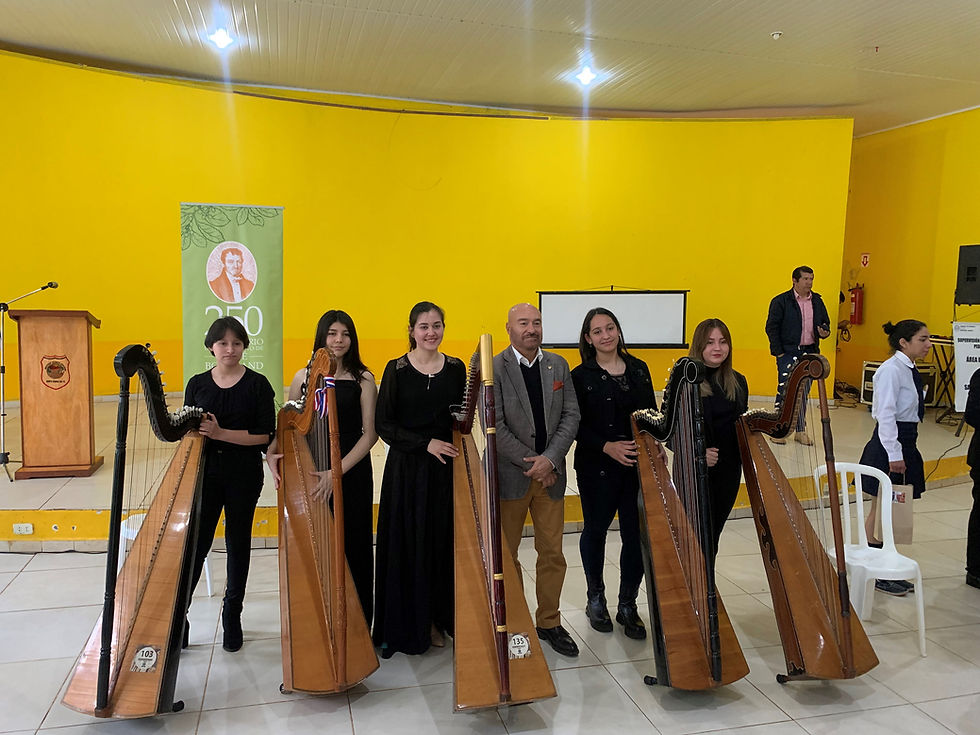
Throughout the six weeks I have been here so far, I have been very fortunate to have experienced a wide range of communal events: the local senator’s birthday party (I later learned his politics are somewhat out-of-touch; but on the positive side, he knows how to throw a party!), an event organised in collaboration with local schools and the French Embassy, church services, religious processions, local musical acts, birthday parties, horse races, food stalls, and even a bullfight.
These events evoke a pleasing sense of friendliness and unity – for the people of Santa María, the community is another form of family, another body to which to be devoted. It means that life’s pleasures are simple, yet so rewarding.
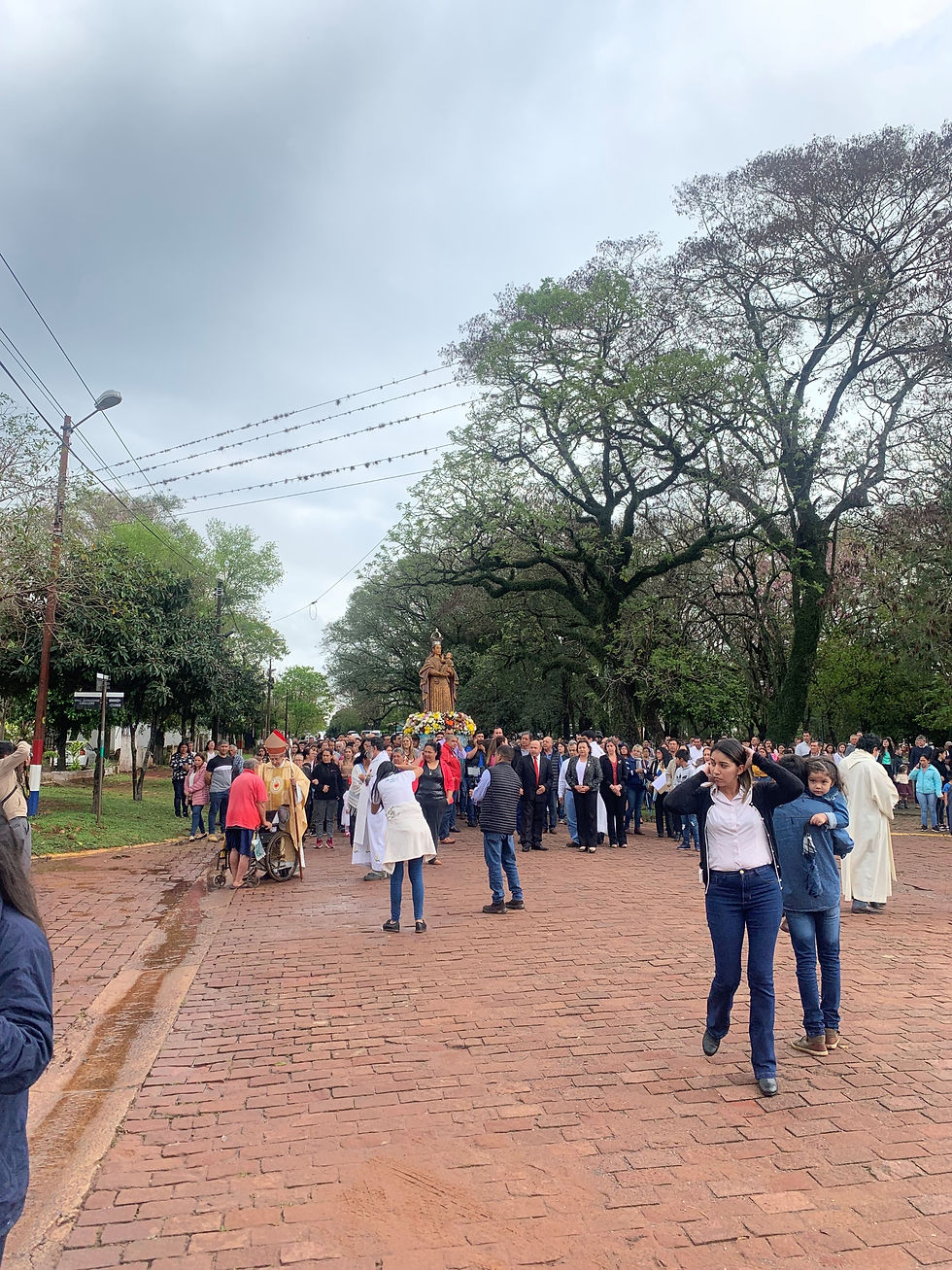
In one sense, this acts as a testament to the strength of the Paraguayan public. As a country, it has never had it easy. Historically bullied by its stronger, larger neighbours, less than two centuries ago it lost 70% of its population (and over 90% of its adult males) in a bloody, brutal, hellish war against Brazil, Argentina, and Uruguay. Progress was stifled by Stroessner’s dictatorship and further exacerbated by the modern-day hegemony of his ruling Colorado Party. Job opportunities are few and far between, the currency is staggeringly weak (£1 is roughly 10,000 guaranies), while the government is perpetually paralysed by an endemic culture of corruption.
Nevertheless, the Paraguayan people continue to live their lives with wide grins and welcoming arms. The country has its flaws, but perhaps within our solitary, ego-driven world, the guiding principles of Paraguayan society can teach us a little lesson about life. Perhaps we too could use a cup of tereré as a moment and an opportunity. A moment to take a step back and a deep breath. An opportunity to think what really matters.






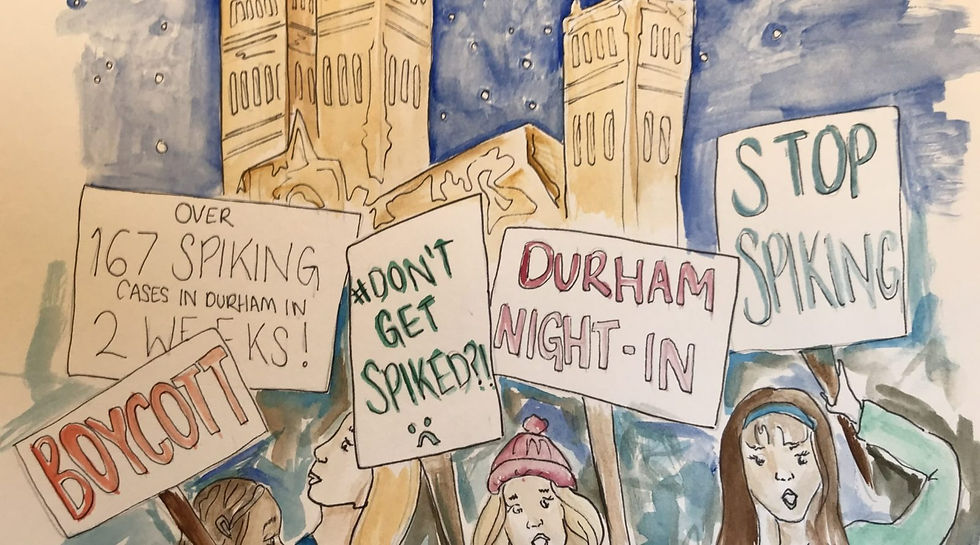
Comments